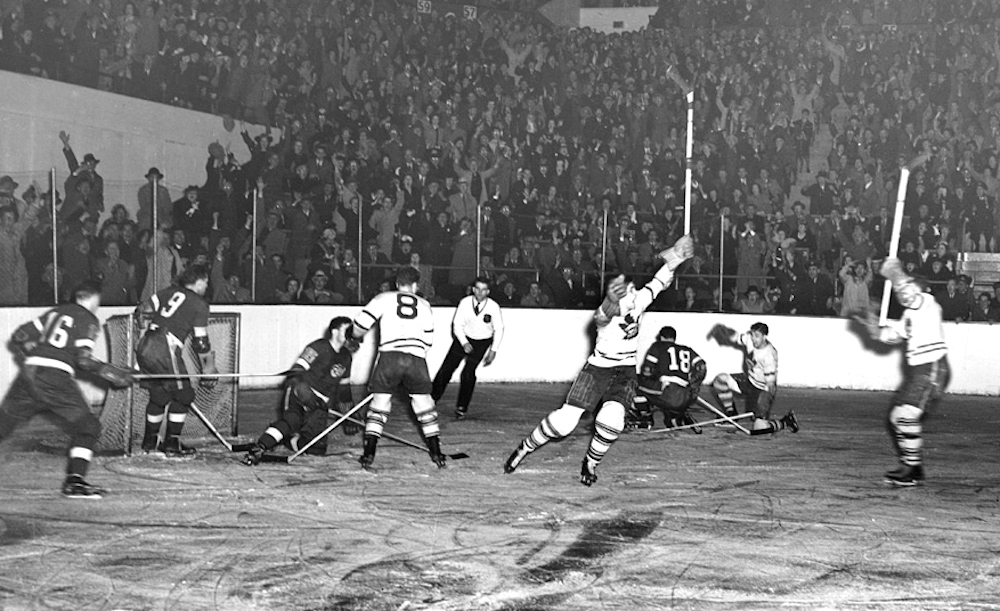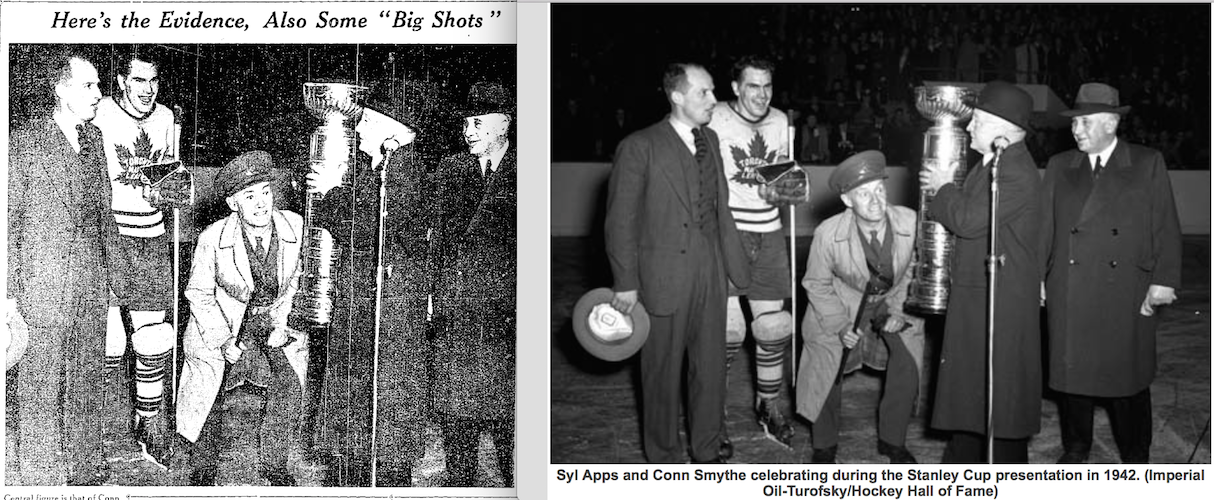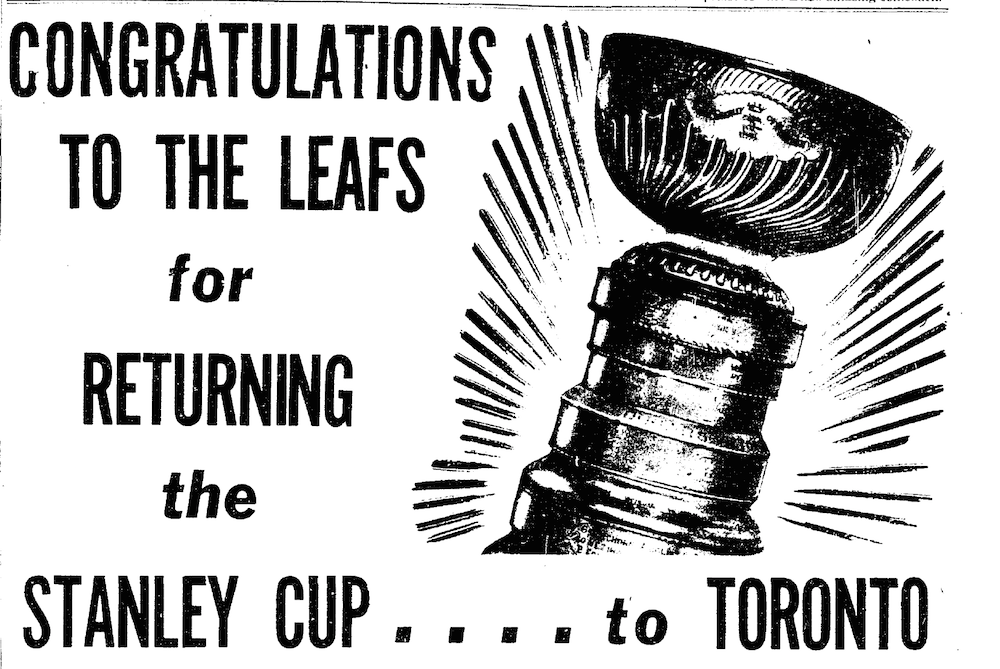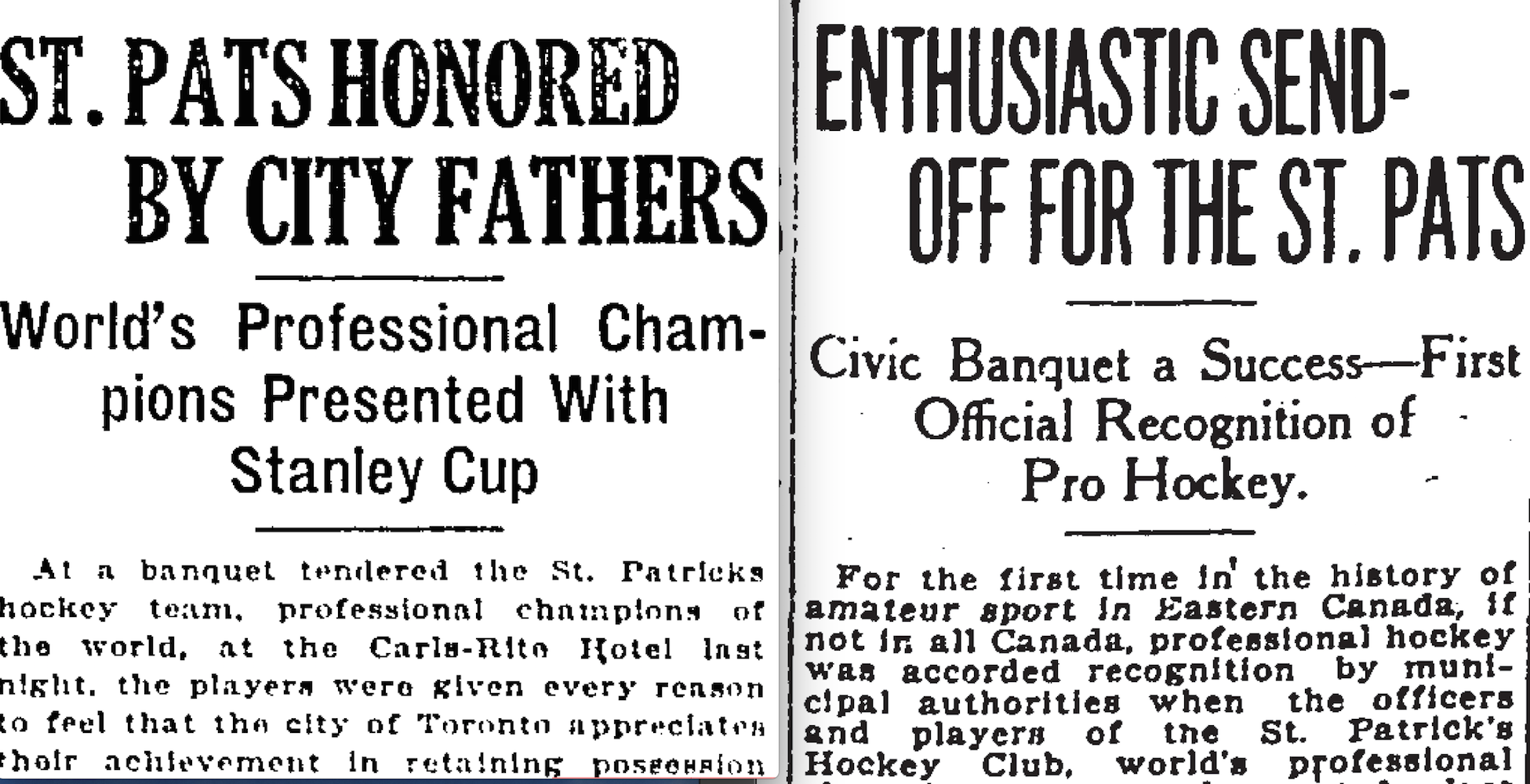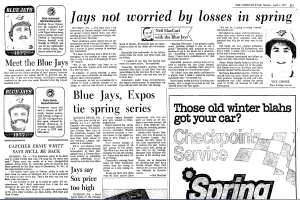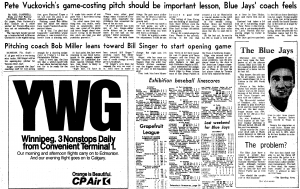“Overtime goals in the Stanley Cup [playoffs] are very nice to get, but very bitter to take. It never seems so bad to be beaten in a straight hour’s playing time.”
With a record 18 overtime games in the first round of the playoffs this year, and three of eight series decided during an extra period, there are a lot of coaches – and fans – who might be feeling this way right now. It was a Toronto coach who expressed the opinion above, but it came long before Mike Babcock and the Maple Leafs had their surprisingly satisfying season end abruptly with an overtime loss to Washington on Sunday. It was Dick Irvin who said this; recalling a series of disappointing moments during his tenure in Toronto for Bill Roche of the Globe and Mail back in 1938.
Irvin, who for years was the winningest coach in NHL history, had guided Toronto to the Stanley Cup in 1932 and would lead the team to the Final six more times without success before moving on to Montreal in 1940. His overtime disappointments dated back to his amateur playing days in Winnipeg in 1916, but reached new levels with the Maple Leafs.
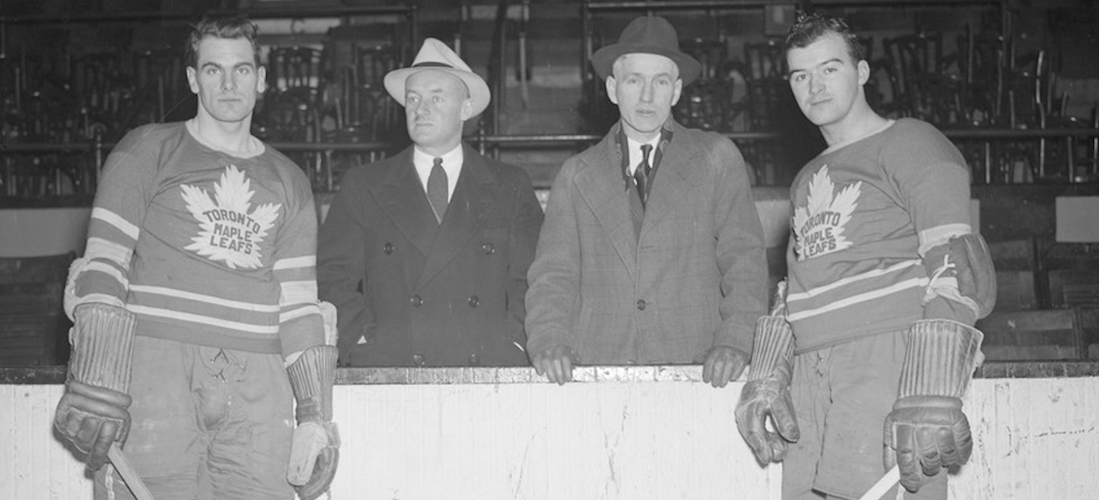
Syl Apps, Conn Smythe, Dick Irvin and Gordie Drillon, circa 1938.
Photo courtesy of the Boston Public Library/
Digital Commonwealth Massachusetts Collections Online.
“[There] was a goal that Bill Cook scored in Maple Leaf Gardens in the spring of 1933 when the Rangers beat the Leafs by 1-0 in overtime to take the game and the Stanley Cup. We had both [Bill] Thoms and [Alex] Levinsky in the penalty box when Cook scored the heart-breaker. And the next one came when Maroons beat the Leafs three straight in the Stanley Cup Final in 1935. Our woes began in the first game when [Dave] Trottier scored to beat us 3-2 after more than 33 minutes of overtime.” Trottier actually scored at just 5:28 of OT, but it did spark a surprising Maroons sweep.
“Then, in the Cup playdowns of 1937, I still can see Babe Pratt of the Rangers scoring that goal in New York to beat us 2-1 in overtime to decide the series.” The Leafs would also lose the Stanley Cup to the Rangers in overtime again in 1940, but that was still in the future at this point.
Irvin’s recollections are timely … but what I found most interesting about his conversation with Bill Roche was his take on something that people have obviously been complaining about for a lot longer than I’d ever realized.
When asked, basically, why there wasn’t as much creativity in the game as there used to be, Irvin answered that, “in one sense I blame it on my own fraternity, the coaches. The youngsters are being over-coached. I don’t think young fellows who are getting into pro hockey these days are developing their own natural ability….
“These days, the kids are coached, coached, coached from pee-wee right up through to the pros. Six or seven coaches may handle a youngster before he reaches an NHL coach. And so much stress has been placed on team play, systems and methods along this coached route that few lads ever really develop those individualistic arts which are gifts of natural ability, such as stickhandling and fine shooting to finish off a play properly.”
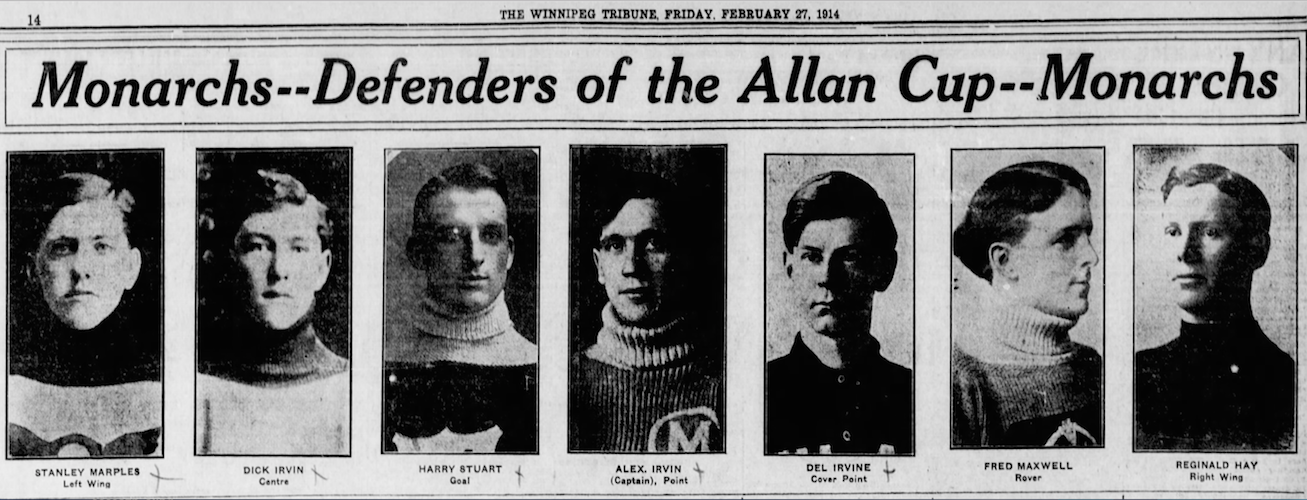
Dick Irvin was declared ineligible to play with the Winnipeg Monarchs
during the 1914 Allan Cup playoffs. They lost that year, but regained
the Canadian amateur championship with Irvin on board in 1915.
Irvin reminisced about growing up in Winnipeg, playing with gangs of kids on corner lots and frozen rivers. “The kids who had the skill and stamina became individual stars. They stood out far above the rest. And much later in their careers they learned team play….
“Many of the kids these days have never played on a frozen river or pond where they could practice all day. Instead, they have only short practice hours in an artificial ice arena, and they’ve never got the real groundwork or background…
“Why, we could shoot like young fools from all distances and angles long before we ever got near an organized team. If you couldn’t shoot, and if you couldn’t stickhandle from one end of the rink to the other through the mob of players, well, you had no chance to get any kind of hockey job. These days, it seems to me, they are teaching the kids too much system without first having them get the real fundamentals of skating, stickhandling, shooting and checking.”
Irvin admits it was “dog-eat-dog” in his childhood hockey days – and his head might explode if he saw how fast and how physical the game has become – but if he thought kids were being over-coached in the 1930s, what would he think of the way they play today?
